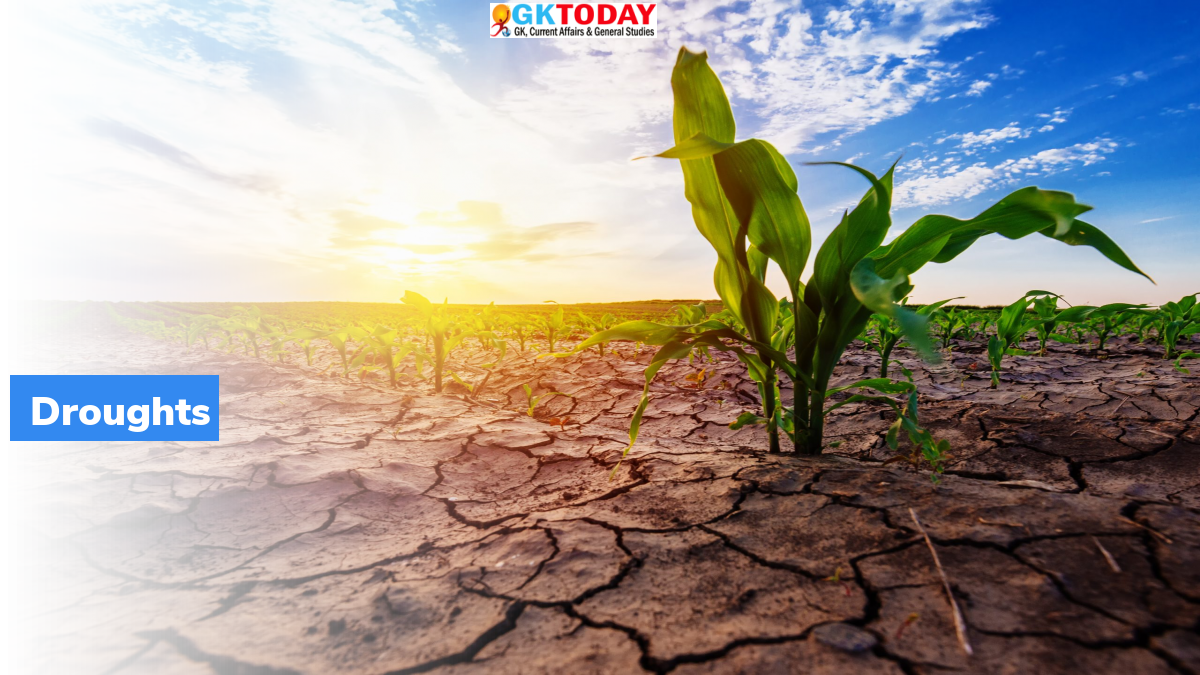Enhanced Analysis of Global Water Distribution
A recent analysis by scientists from the University of Bonn reveals that droughts worldwide are more widespread than previously recorded by the Gravity Recovery and Climate Experiment (GRACE) data from 2002-2017. The study combines GRACE satellite measurements with the WaterGAP hydrological model, improving the spatial resolution of water distribution maps from 300 km to 50 meters.
The findings demonstrate that significant droughts, including those like the 2010 Amazon drought, extend over larger areas than satellite data alone indicates. This research has wider implications, aiding the understanding of global water balance, the causes of regional droughts and floods, and the influence of climate change on precipitation patterns.
How does the University of Bonn’s analysis enhance the understanding of global droughts?
The analysis by University of Bonn scientists employs a combined approach of GRACE satellite data and the WaterGAP hydrological model. This method improves the spatial resolution of water distribution maps, revealing that major droughts span larger areas than previously thought. The study thus enhances our understanding of global drought extent and highlights the limitations of satellite data in capturing localized droughts.
What were the limitations of the GRACE satellite data?
While GRACE satellites provided comprehensive data on Earth’s water reservoirs, they had a spatial resolution limitation of about 300 to 350 kilometers. This limitation rendered it feasible to make dependable assertions solely within regions encompassing approximately 100,000 square kilometers. In contrast, global hydrological models offer resolutions as fine as 50 kilometers or less, utilizing various meteorological measurements and factors.
How did the researchers combine GRACE data and the WaterGAP hydrological model?
The researchers merged the GRACE satellite measurements with the WaterGAP hydrological model to create a global land water storage dataset. This innovative approach improved the resolution of water distribution maps to 50 meters from the previous 300 km, providing a more accurate representation of drought-affected areas.
What impact does the enhanced analysis have on understanding climate change effects?
By enabling accurate modeling of future climate change effects, the new analysis sheds light on how rising temperatures and altered precipitation patterns will impact the water balance worldwide. This method helps identify areas vulnerable to droughts and other water-related challenges.
How did the new method perform when compared to actual measurements?
The researchers validated their findings by comparing them with measurements from 1,000 global stations and the global navigation satellite system. The results showed better correlation with the enhanced analysis compared to calculations based solely on GRACE satellite data or the hydrological model.
What broader insights does this research provide?
The enhanced analysis of water distribution contributes to a better understanding of global water balance dynamics, explaining the occurrence of widespread droughts in some regions and floods in others. Furthermore, it assists in accounting for the impacts of a warming world with changing rainfall patterns, aiding proactive water resource management strategies.
Month: Current Affairs - August, 2023
Category: Environment Current Affairs







